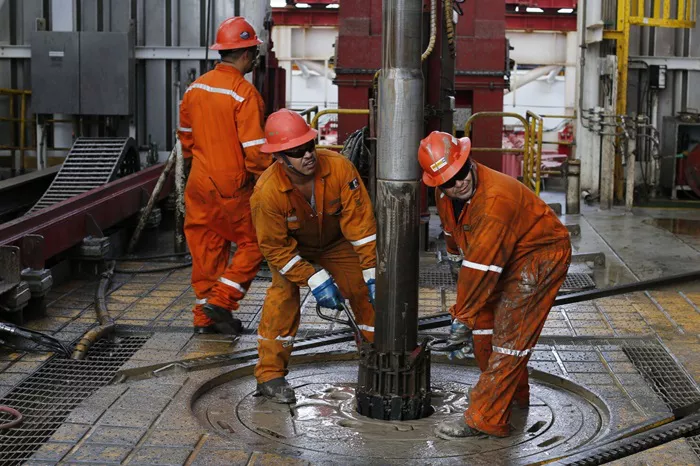The U.S. Department of the Interior has announced a significant upward revision of oil and gas reserve estimates in the Gulf of Mexico, a region the Trump administration has renamed the “Gulf of America.” The updated assessment, conducted by the Bureau of Ocean Energy Management (BOEM), reveals that the Outer Continental Shelf holds 1.30 billion barrels of oil equivalent more than previously estimated in 2021.
According to the BOEM, total recoverable reserves in the U.S. section of the Gulf now exceed 7 billion barrels of oil equivalent, marking a 22.6% increase. The calculation takes into account 4.39 billion barrels of newly identified gross reserves, offset by 3.09 billion barrels of oil equivalent that have been extracted since the previous review.
The revised figures stem from a comprehensive analysis of more than 37,000 individual reservoirs within 1,336 fields, including 140 oil and gas deposits evaluated in detail. The bureau identified 18 new fields as part of the updated assessment. In total, the area now holds an estimated 5.77 billion barrels of crude oil and 7.15 trillion cubic feet of natural gas.
Interior Secretary Doug Burgum hailed the updated findings as a testament to the nation’s vast energy potential. “This new data confirms what we’ve known all along—America is sitting on a treasure trove of energy, and under President Trump’s leadership, we’re unlocking it,” Burgum said. “The Gulf of America is a powerhouse, and by streamlining permitting and expanding access, we’re not just powering our economy—we’re strengthening our national security and putting thousands of Americans back to work.”
James Kendall, Regional Director for the BOEM in the Gulf, emphasized the strategic importance of the region. “The Gulf of America is delivering 14% of the nation’s oil,” he said. “These updated estimates reaffirm the Gulf’s vital role in ensuring a reliable, affordable domestic energy supply.”
The revised reserve estimates are expected to bolster the administration’s case for increased offshore drilling and development as part of its broader energy policy.

